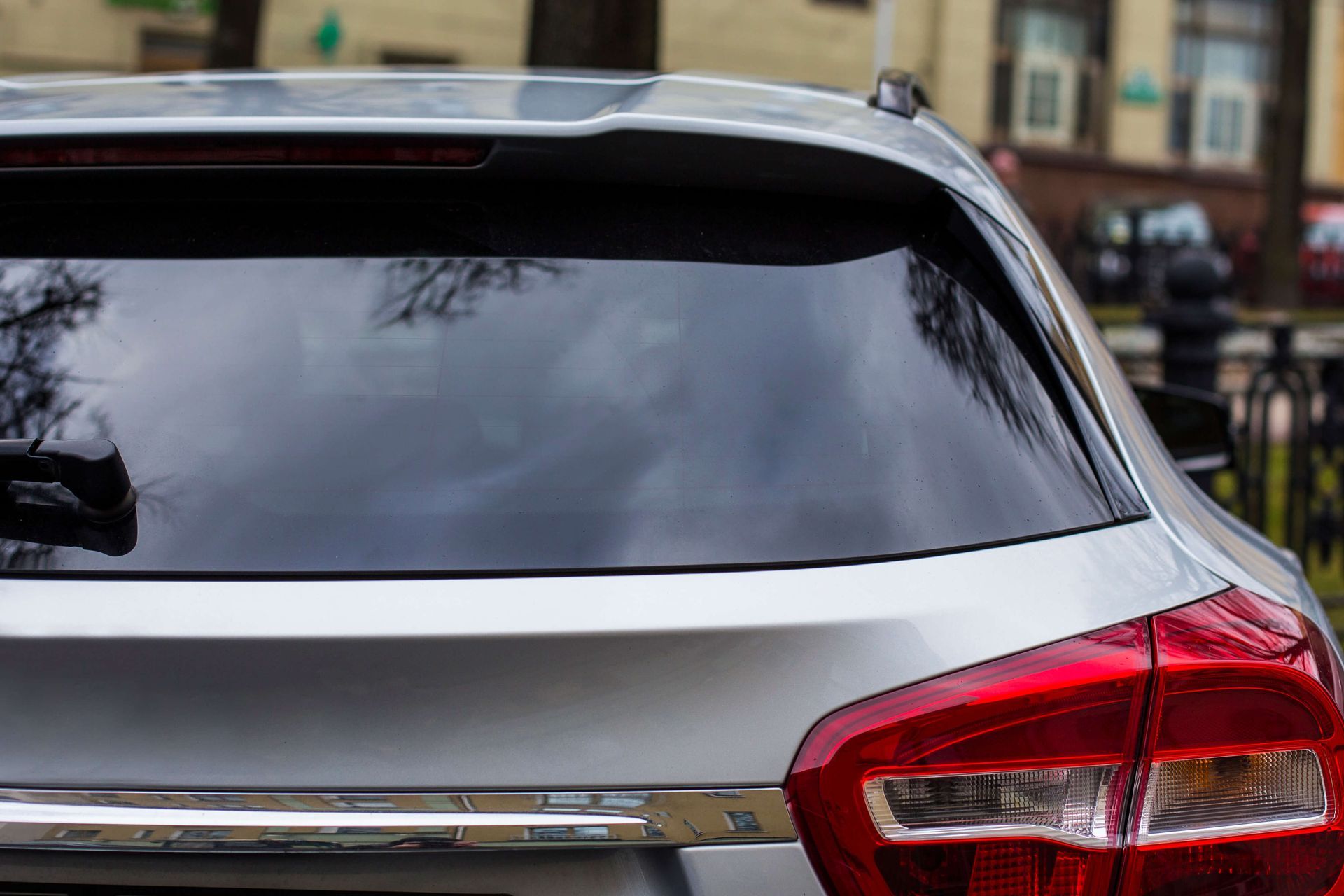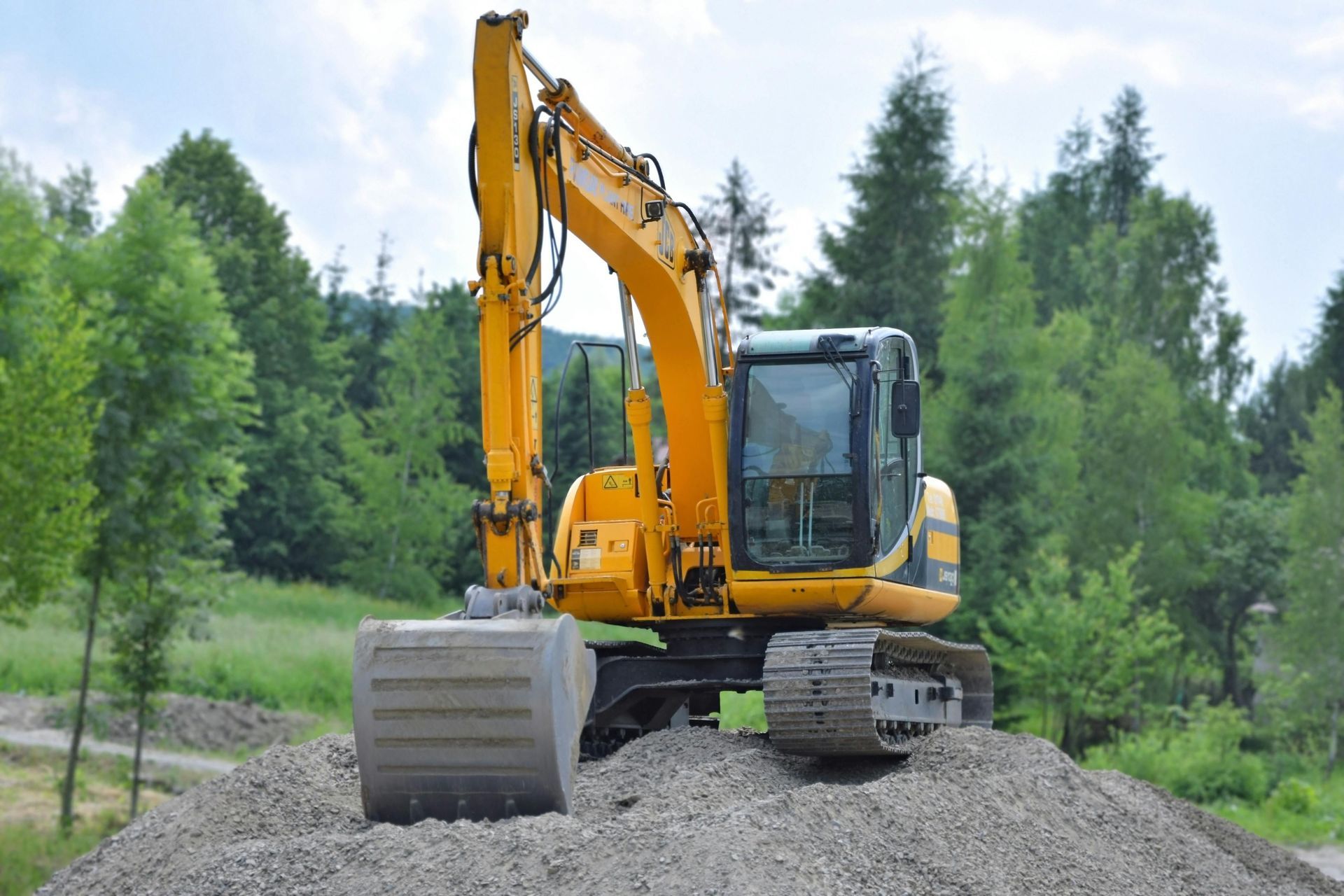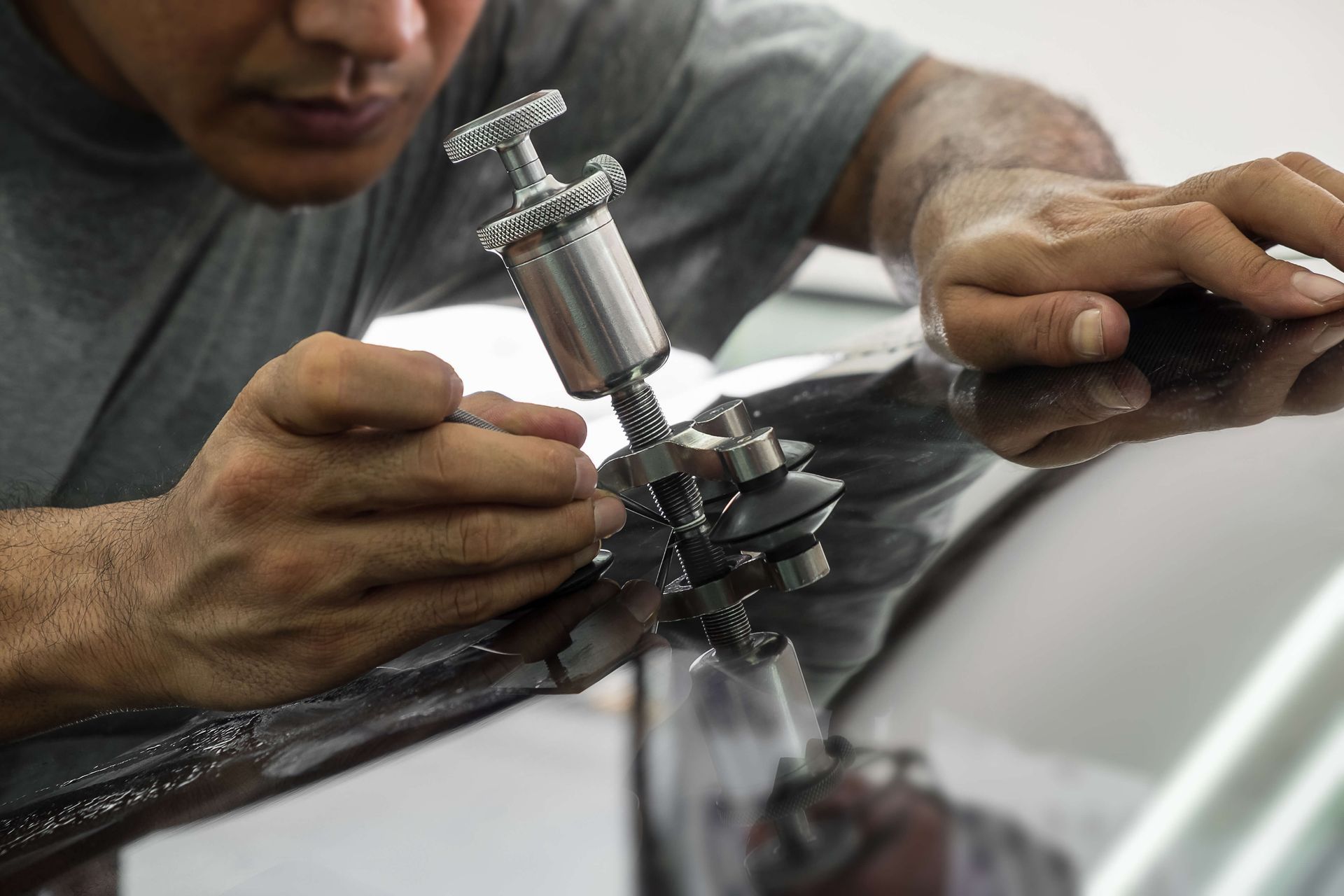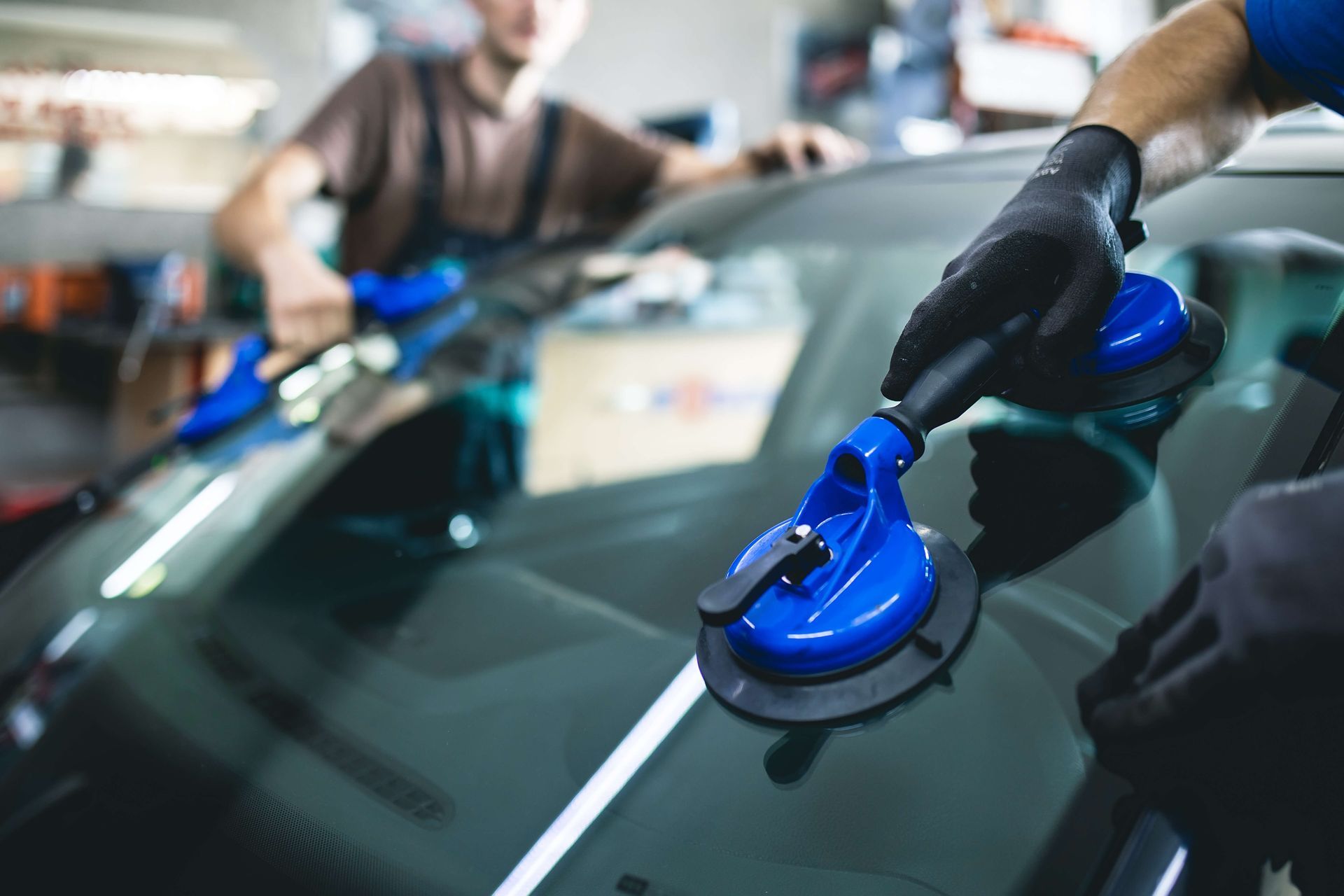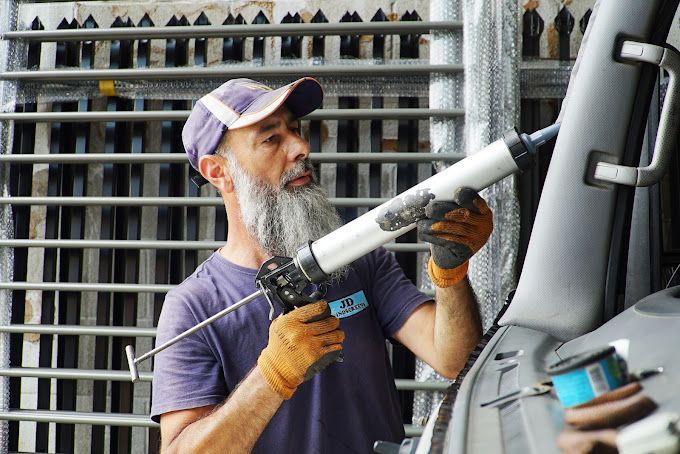info@jdwindscreens.com.au
7 Things That Can Lead to Windscreen Damage (and How to Tackle Them)
Your windscreen is more than just a pane of glass—it’s a vital safety feature that protects you from road debris, harsh weather, and even supports airbag deployment in a collision. Yet, many drivers overlook the everyday risks that can lead to chips, cracks, and long-term damage. Often, it’s not one big event but a series of smaller, unnoticed factors that gradually weaken your windscreen. So, we’ve identified the most common causes of damage we see on the job. In this guide, we’ll show you how to spot and prevent them—before a small issue becomes a costly repair.
How Small Cracks Can Lead to Bigger Windscreen Damage?
Small chips or
cracks in your
windscreen may seem like minor issues at first, but they can evolve into significant problems if not addressed promptly. Over time, these seemingly harmless imperfections can increase the risk of windscreen failure, jeopardizing both your safety and the integrity of your vehicle. Here's how small chips can lead to bigger problems:
- Increased Stress on the Glass. The smallest chip or crack can weaken the glass structure, making it more vulnerable to external pressures like temperature changes or vibrations from driving.
- Expansion of Damage. Small chips, especially those that are left untreated, can spread into larger cracks over time, exacerbating the damage and potentially leading to a full windscreen replacement.
- Compromised Visibility. As chips grow, they can affect the driver’s line of sight, causing distortion that can hinder visibility, particularly at night or during rainy weather, making driving more hazardous.
- Increased Repair Costs. What could have been a simple chip repair may turn into an expensive full windscreen replacement if left unattended. The longer you wait, the more costly the repair becomes.
- Weakened Structural Integrity. A chip that spreads into a crack can reduce the strength of the windscreen, which is vital for vehicle safety in the event of an accident. This makes the car more vulnerable to further damage.
By addressing small chips or cracks as soon as they appear, you can save both time and money, while maintaining your vehicle’s safety. Regular inspection and early intervention are essential in preventing minor damage from escalating into a larger issue.
Common Culprits of Windscreen Damage and Prevention Tips
While some damages may seem minor at first, they can quickly escalate, leading to costly repairs or even the need for a full replacement. Here are 7 common things that can damage your windscreen and how to prevent them:
1. Road Debris
Small stones, gravel, or other debris on the road can be kicked up by passing vehicles, leading to chips or cracks in your windscreen. These chips, if left untreated, can grow into larger cracks over time, compromising the structural integrity of your windscreen. The higher the speed, the greater the force at which debris hits the glass, increasing the risk of significant damage.
Prevention Tips
- Maintain safe distance: Always stay at least a few car lengths behind large vehicles, especially trucks and buses. This allows you time to react if debris is kicked up and gives you a clear view of any hazards on the road.
- Drive on well-maintained roads: Avoid driving on gravel or poorly maintained roads as much as possible. These surfaces are more likely to release debris that can damage your windscreen. Stick to highways or paved roads where possible, especially at high speeds.
2. Temperature Fluctuations
Rapid temperature changes cause the glass to expand and contract, potentially leading to cracks or chips. For example, if your car is exposed to the sun for a long time and then the air conditioner is turned on, the sudden change in temperature creates stress on the glass. Over time, this repeated stress weakens the windscreen and increases the risk of cracks or even total glass failure.
Prevention Tips
- Park in shaded areas: Always park in garages or shaded areas to protect the windscreen from direct sunlight. Direct sunlight can cause extreme heat buildup, leading to thermal shock when you turn on the AC. Shaded areas or garages provide more consistent temperature conditions, reducing the risk of glass damage.
- Avoid sudden temperature changes: Let your car gradually adjust to external temperatures before using the air conditioner or heater. This allows the windscreen to slowly adapt to the environment, minimizing the stress caused by rapid temperature shifts. Taking a few minutes to cool your car down before using the AC can save you from potential damage in the long run.
3. Improper Cleaning
Harsh chemicals or rough materials used for cleaning can weaken the glass or damage the seals around your windscreen. Household cleaners often contain ammonia, which can break down the rubber seals and cause leaks. Similarly, using rough materials like old towels or abrasive sponges can scratch the surface of the glass, making it more susceptible to chips or cracks. Over time, these small scratches can lead to more significant damage.
Prevention Tips
- Use automotive glass cleaners: Stick to products specifically designed for windscreens, and avoid abrasive materials like rough cloths. Automotive cleaners are formulated to remove dirt without causing damage to the glass or seals, preserving the integrity of your windscreen. Additionally, using a soft microfiber cloth ensures a smooth, scratch-free cleaning process.
- Clean regularly: Keep your windscreen clean to prevent dirt buildup, which can scratch the surface over time. Regular cleaning removes harmful debris and helps maintain clear visibility, reducing the chances of dirt getting caught in chips or cracks. It also prevents grime from hardening on the surface, which can be harder to remove without scrubbing.
4. Vandalism or Accidental Impacts
Rocks, branches, or even vandalism can cause sudden damage, often leading to visible chips or cracks. Accidental impacts like a rogue rock thrown by another vehicle or falling tree branches during a storm can directly hit your windscreen. Similarly, vandalism such as intentional damage can result in cracks or shattering, compromising the safety of your vehicle. Even small impacts can cause lasting harm to your windscreen, which may expand over time, creating further damage.
Prevention Tips
- Park in safe areas: Avoid parking under trees or in areas prone to debris falling onto your vehicle. Parking in a sheltered location reduces the likelihood of tree branches or rocks from hitting your windscreen. Additionally, try to avoid parking near construction zones or high-traffic areas where flying debris is more common.
- Be cautious during storms: Ensure your car is parked in a sheltered location during heavy winds or storms. If possible, park in a garage or an indoor parking structure to keep your vehicle protected from falling debris, hailstones, or strong winds that can cause unexpected damage to your windscreen.
5. Driving Too Close to Large Vehicles
Large vehicles like trucks and buses can throw debris onto your windshield, causing chips or cracks. As they drive, the force from their tires can dislodge stones, gravel, and other road debris, which can then be propelled towards your windscreen at high speeds. Even seemingly small objects can cause significant damage, particularly if they hit at an angle or with high impact, leading to chips or cracks that can worsen over time.
Prevention Tips
- Keep a safe distance: Always maintain a safe distance, especially from trucks, gravel trucks, and large vehicles. Keeping a few car lengths between your vehicle and large vehicles not only reduces the risk of debris hitting your windscreen but also provides you with enough time to react in case of sudden stops or accidents.
- Avoid tailgating: Give yourself enough time to react if debris is kicked up from the road. Tailgating reduces your reaction time and increases the likelihood of windscreen damage. By leaving more space, you allow for safer navigation and can avoid being caught by unexpected debris from large vehicles ahead.
6. Use of Incorrect Wipers
Worn-out or damaged wiper blades can scratch or damage the windscreen, leading to imperfections that could turn into cracks over time. When wiper blades are old or have hard spots, they can drag dirt and grime across the glass, leaving scratches. These scratches weaken the glass over time, making it more susceptible to further damage, such as cracks. Even using the wipers on a dry windshield, especially in the winter, can create friction that leads to damage.
Prevention Tips
- Replace wiper blades regularly: Check the condition of your wipers and replace them every 6-12 months. Over time, wiper blades lose their effectiveness due to exposure to weather conditions. Replacing them regularly ensures smooth cleaning and prevents glass damage. It's a small investment that helps maintain your windscreen's integrity.
- Use the wipers only when necessary: Avoid using them on dry windshields, as this can cause unnecessary friction. When wipers are used on a dry or dirty windscreen, it can create abrasive wear. Always ensure that your windscreen is adequately wet before using the wipers to reduce the chances of scratching. If the weather is dry, consider cleaning the windshield manually first.
7. Sudden Impact (Accidents or Collisions)
A direct hit from another vehicle or an accident can cause significant damage, often leading to large cracks or even shattered glass. Windscreens are designed to withstand some impact, but a sudden collision or forceful hit can cause immediate, severe damage. This might be from another vehicle hitting your car, a sudden swerve, or even debris from a high-speed crash. Once the glass is damaged, the structural integrity of the windscreen is compromised, making it much more vulnerable to further cracks or complete shattering.
Prevention Tips
- Drive defensively: Always be aware of your surroundings and avoid aggressive driving or tailgating. Driving too closely behind other vehicles, especially in high-traffic areas, can leave little time for you to react if something goes wrong. Staying vigilant and maintaining a safe following distance helps minimize your risk of being involved in a collision that could damage your windscreen.
- Install a dash cam: Having a camera can not only help prevent accidents but can also be useful for insurance purposes in case of damage. Dash cams offer an additional layer of protection by capturing crucial details in the event of an accident. This footage can be instrumental in proving fault or clarifying the cause of the damage, helping you with windscreen repairs and insurance claims.
Why Early Action is Essential for Windscreen Damage?
Now that you've learned the most common causes of windscreen damage and how to prevent them, it's important to remember that early intervention is key. The longer you wait to address any form of damage, the higher the risk that it will spread and result in more costly repairs. Even a small chip can turn into a large crack over time, especially if exposed to changes in temperature or further impact. It’s always best to get a professional evaluation as soon as you notice any damage.
If you’re unsure whether your windscreen needs replacing, it’s best to consult with a professional. Delaying the decision to replace a damaged windscreen can lead to further deterioration of the glass and the potential spread of cracks, making the problem worse over time. A damaged windscreen not only compromises your safety but also may affect the performance of other safety features in your vehicle, such as airbags. Ensuring that your windscreen is in top condition helps to maintain the structural integrity of your vehicle, ensuring you remain protected on the road.
Protecting Your Windscreen for Long-Term Safety
Your windscreen is one of the most important safety features of your vehicle. It not only ensures clear visibility but also helps maintain the structural integrity of your car in the event of an accident. Taking proactive steps to care for your windscreen will prevent small issues from turning into expensive repairs and replacements. Regular maintenance, mindful driving, and parking in safe areas can all contribute to preserving your windscreen’s condition.
By staying vigilant and addressing damage promptly, you can protect both your vehicle and your safety. If you ever notice any damage, it’s best to consult a professional windscreen repair service. JD Windscreens offers expert advice and fast, efficient repairs to keep your windscreen in excellent condition. Don’t wait for the damage to get worse – protecting your windscreen today will save you time, money, and stress in the future.
FAQs
How often should I clean my windscreen?
Clean your windscreen at least once a week or whenever you notice dirt and grime building up to maintain visibility and cleanliness.
Can I use household cleaning products on my windscreen?
Avoid household cleaners with ammonia, as they can damage the seals. Use cleaners specifically designed for automotive glass.
Does temperature change really affect my windscreen?
Yes, sudden temperature shifts can cause cracks. Gradually adjust your car's temperature to prevent stress on the glass.
How can I prevent chips and cracks from large vehicles on the road?
Maintain a safe distance from large vehicles to avoid debris and rocks being kicked up at your windscreen.
What should I do if my windscreen gets damaged?
If damaged,
contact a professional immediately. Small chips can be repaired, but larger cracks may require replacement.







